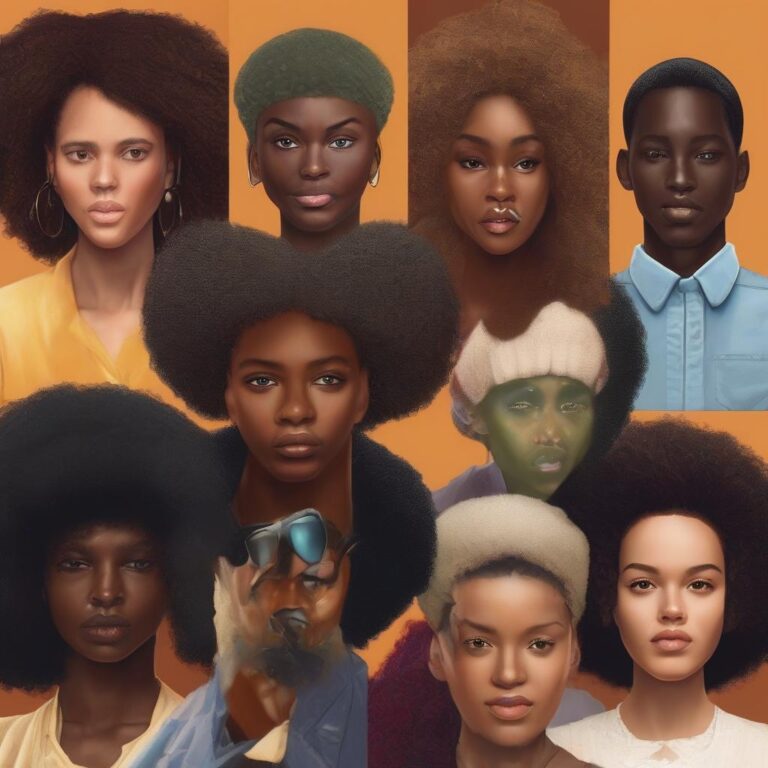Exploring the Unique Characteristics of White and Black Hair
Hair, an integral part of human identity, comes in a myriad of textures, colors, and styles, reflecting the diverse beauty of humanity. Among the most notable distinctions in hair types are those found in white and black individuals. While superficially similar, closer examination reveals a wealth of differences, each with its own unique characteristics and cultural significance.
White hair, often referred to as “Caucasian hair,” typically varies in texture from fine to medium thickness. It commonly appears straight or with slight waves, though some individuals may have naturally occurring curls. The structure of white hair is round in cross-section, which contributes to its smooth appearance and ease of manageability. This hair type tends to produce less natural oils, leading to a propensity for dryness and a need for frequent washing to maintain cleanliness.
In contrast, black hair, commonly known as “African hair” or “kinky hair,” exhibits a distinct texture characterized by tightly coiled or curled strands. The unique shape of black hair follicles, which are oval or elliptical in cross-section, contributes to its distinctive appearance and resilience. This structural difference also affects the way natural oils produced by the scalp travel along the hair shaft, resulting in a tendency towards dryness and increased susceptibility to breakage.
One of the most striking features of black hair is its versatility. It can be styled in a multitude of ways, from intricate braids and twists to afros and locs, allowing for a rich expression of cultural identity and personal creativity. The maintenance of black hair often involves specialized techniques such as moisturizing, detangling, and protective styling to preserve its health and vitality.
Additionally, the cultural significance attached to black hair transcends mere aesthetics. For many individuals of African descent, hair serves as a powerful symbol of heritage, resistance, and self-expression. Styles such as afros and braids have historical roots in the struggle for racial equality and pride in one’s identity, making them more than just fashion statements but statements of cultural resilience and empowerment.
Conversely, white hair has its own cultural connotations, albeit of a different nature. Throughout history, hairstyles among white populations have been influenced by various social norms and trends, reflecting shifts in beauty standards and societal values. From the elaborate coiffures of the Victorian era to the sleek, minimalist styles of contemporary fashion, white hair has been subject to a wide array of styling practices and innovations.
Despite these differences, both white and black hair share commonalities in terms of care and maintenance. Proper hygiene, regular conditioning, and protection from environmental damage are essential for preserving the health and appearance of all hair types. Furthermore, embracing one’s natural hair texture, whether straight, curly, or kinky, is a powerful act of self-love and acceptance, challenging narrow beauty standards and celebrating the diversity of human expression.
In conclusion, the distinctions between white and black hair extend beyond mere appearance to encompass cultural, historical, and social significance. While each hair type has its own unique characteristics and care requirements, they both contribute to the rich tapestry of human diversity and beauty. By embracing and celebrating the natural beauty of all hair textures, we honor not only our individual identities but also the collective richness of our shared human experience.
